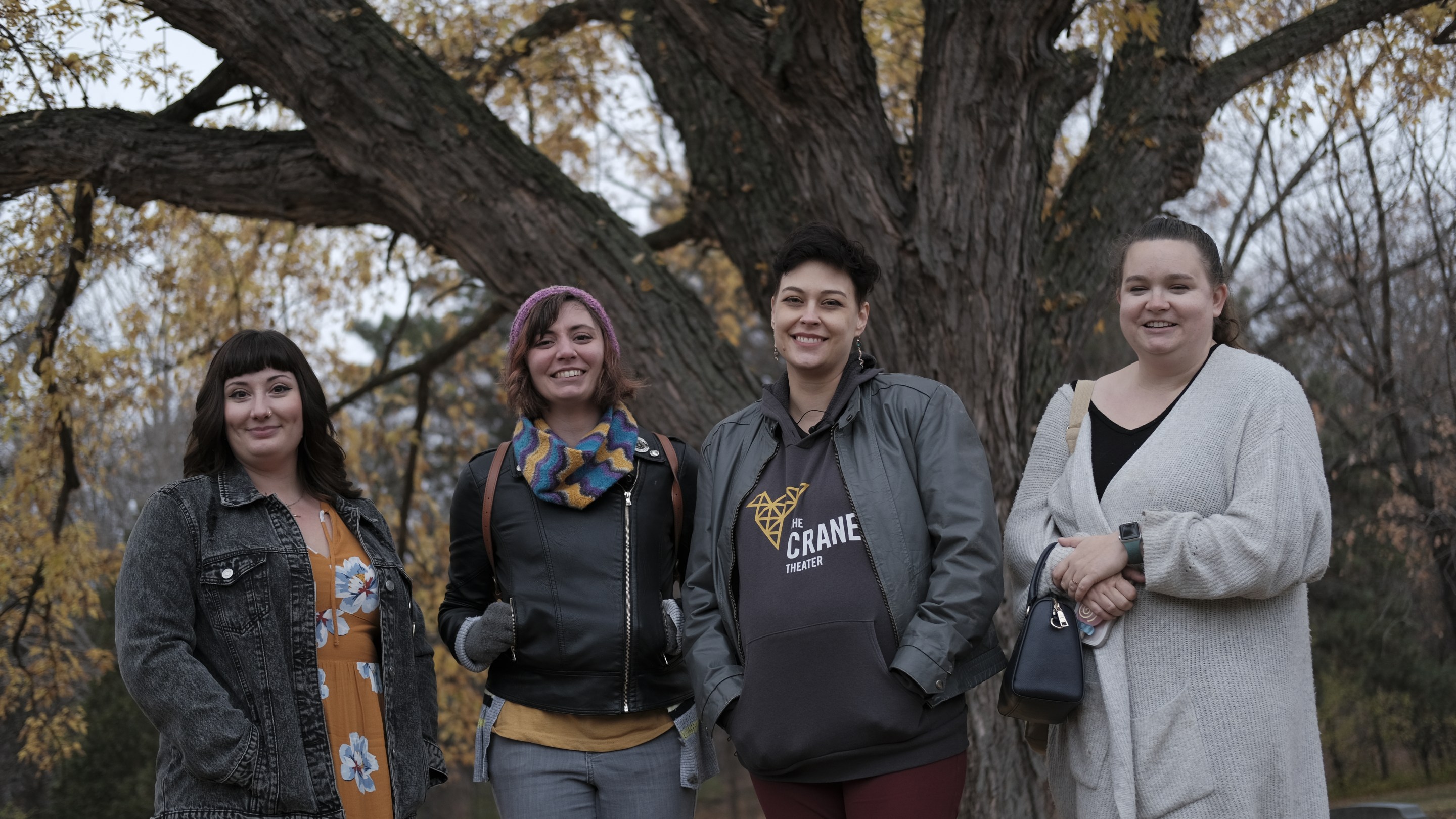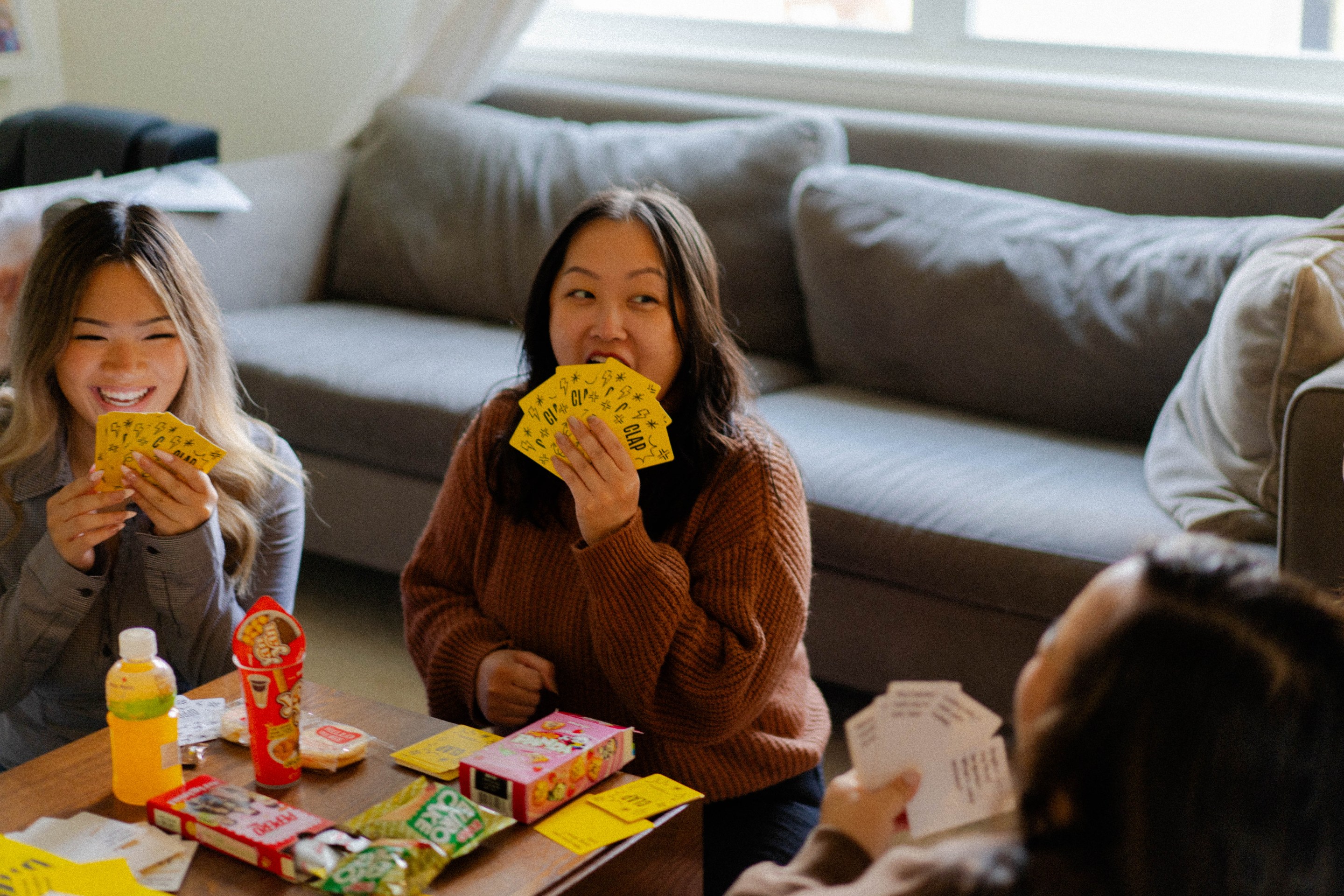For many, what to do with the remains of the deceased comes down to two choices: traditional cremation or burial in a cemetery. But there are other options beyond that binary. In the state of Minnesota, for example, you can choose to have a green burial under a tree, or you can opt for water cremation, a process called alkaline hydrolysis.
And, if things go as planned for Northern Pyre, in a year or so there will be another option on that list: pyre cremation. Formed in 2022, the 501c13 nonprofit is run by four women who hope to bring the thousands-years-old practice of open-air cremation to Minnesota.
The idea began after board president Ashley Kohler lost her grandfather. “I didn’t get a chance to grieve for him because of the pandemic,” she explains. “It really got me thinking about other people who might share in this disenfranchised grief, and then I came across Crestone.”
Located in a small Colorado town of the same name, Crestone is the only pyre funeral service in the U.S. That organization does about 12 cremations a year, and is only available for nearby residents.
“But Minnesota has historically been very open to new methods of body disposal,” she says. “So I thought, ‘Well maybe we could do it here.’”
Rest assured, open-air pyre funerals aren't as “open” as the name might imply. You would not see the body. Your loved one would be wrapped and secured in fabric, then placed in a four-sided, open-top box. Wood would be placed under the box, with branches on top, and fuel would be used to start the fire. Once the fire is lit, the process would take a couple hours. After it’s done, the family would leave, and Northern Pyre would collect the remains and run them through a cremulator–just like a typical cremation. The ashes would then be brought to the family.
The main difference? With regular cremation, professionals use a fully-enclosed industrial retort that is not open to the public. With open pyre, family and friends can gather and, in a way, be part of the process.
And yes, it does smell, but not in the way you might be thinking. “That’s the most common question,” says Kohler, laughing. Since they plan to use wood and local, natural materials like pine needles and leaves, the scent is more of a piney, woodsy aroma plus incense.
Northern Pyre also aims to be accessible and affordable. “Ideally, because it's a nonprofit, we want it to be a service available to everybody,” she says. “We don’t want the cost to be a deterrent. Part of why we’re doing this too is that the death industry is expensive.”
But before we start setting people ablaze, Northern Pyre needs to get legalities sorted out. While pyre funerals aren’t explicitly illegal in Minnesota, they also aren’t clearly legal.
“You could argue either way for [its legality],” she explains. “The history of the legislature is if there’s enough people who are for it as a service, then they tend to look at it as ‘Yes, we have some wiggle room to make this happen.’”
But unlike the CBD/THC industry in recent years, they’re not looking to play fast and loose with local laws; they have a roadmap that they believe will make it feasible for Minnesotans to have pyre funerals in the coming years. First, there will be fundraising so the org can purchase the land for the funerals (“We’re looking at potential lots in Northfield.”). Finally, since what they are doing is so close to traditional cremation, a process that is already highly regulated, they hope to obtain a conditional use permit.
Getting the community onboard is also a huge part of making pyre funerals a thing in Minnesota. Many people may be unfamiliar with open air cremation and may have misconceptions about the process. Education is key.
“There have been people who are like, ‘Yes! I love this idea, I’m totally onboard.’ There are also people who are like, ‘When I first heard about it, I thought it was really ghoulish, but then I thought about it more and was like this could be really cool,’” she says. "Those that don’t agree with it are like, ‘Alright well, I am done asking questions about this. Let’s talk about something else.’”
But things are changing. People are starting to think more about death in a practical way. We try our best to plan our life out, why wouldn’t we plan our death? Kohler says that while most users on their site are people over 60, the second biggest demographic is people who are 25-35. Maybe in part due to the pandemic, the Death Positive movement has been on the rise, popping up on best-selling book lists, in local support groups, and across social media.
“It makes it seem so much more approachable; there’s YouTube channels and TikToks coming out,” says Kohler. “It’s been so fascinating to see [death] brought out more into the open and have more people be open to having conversations about it.”







